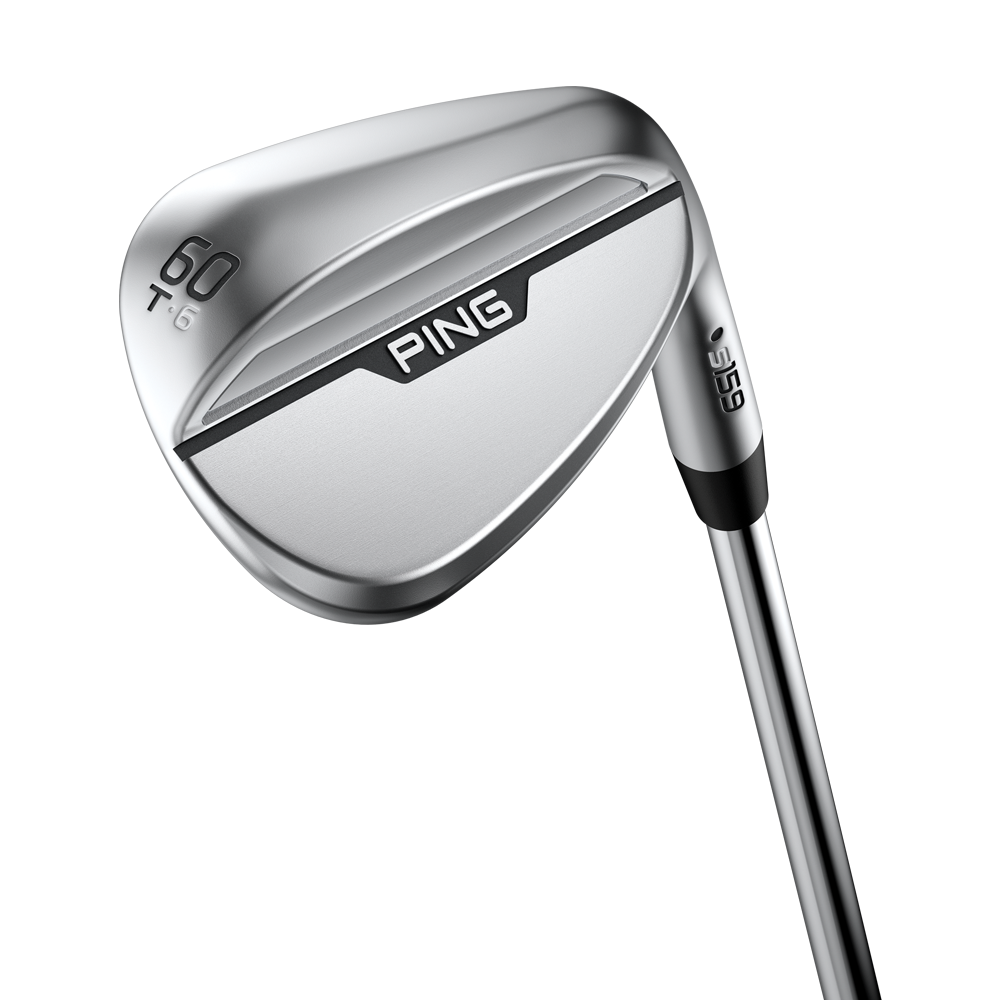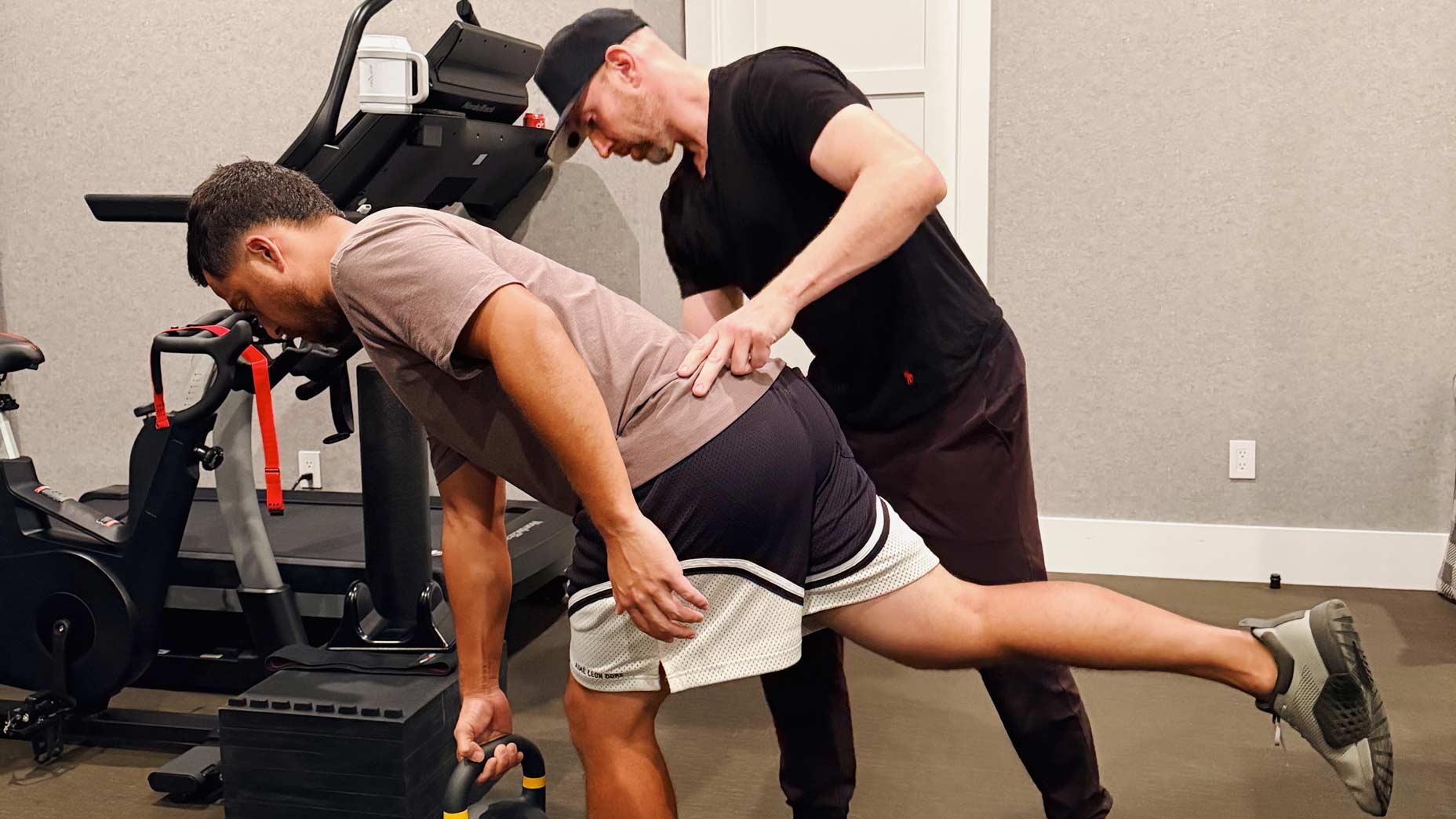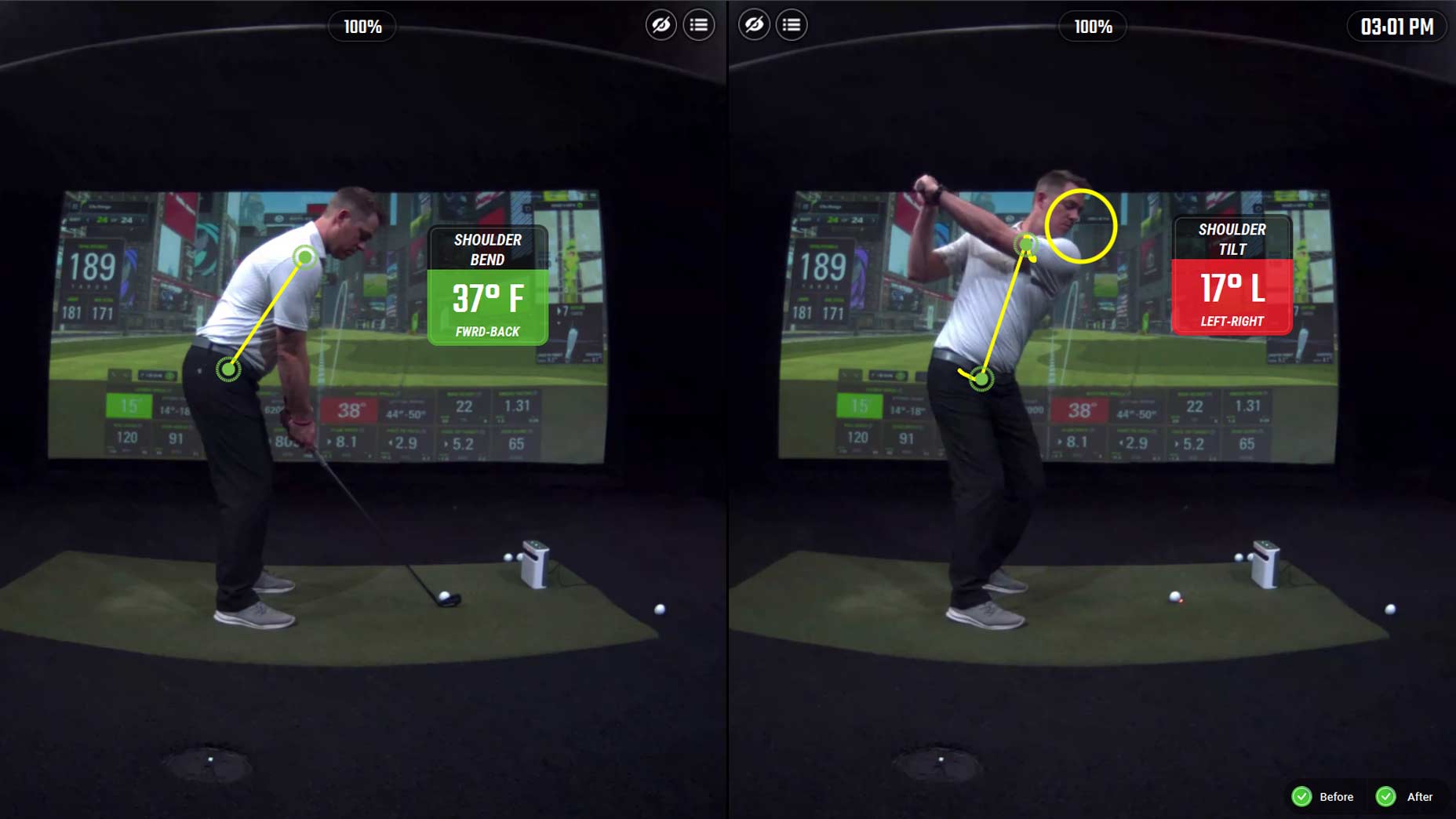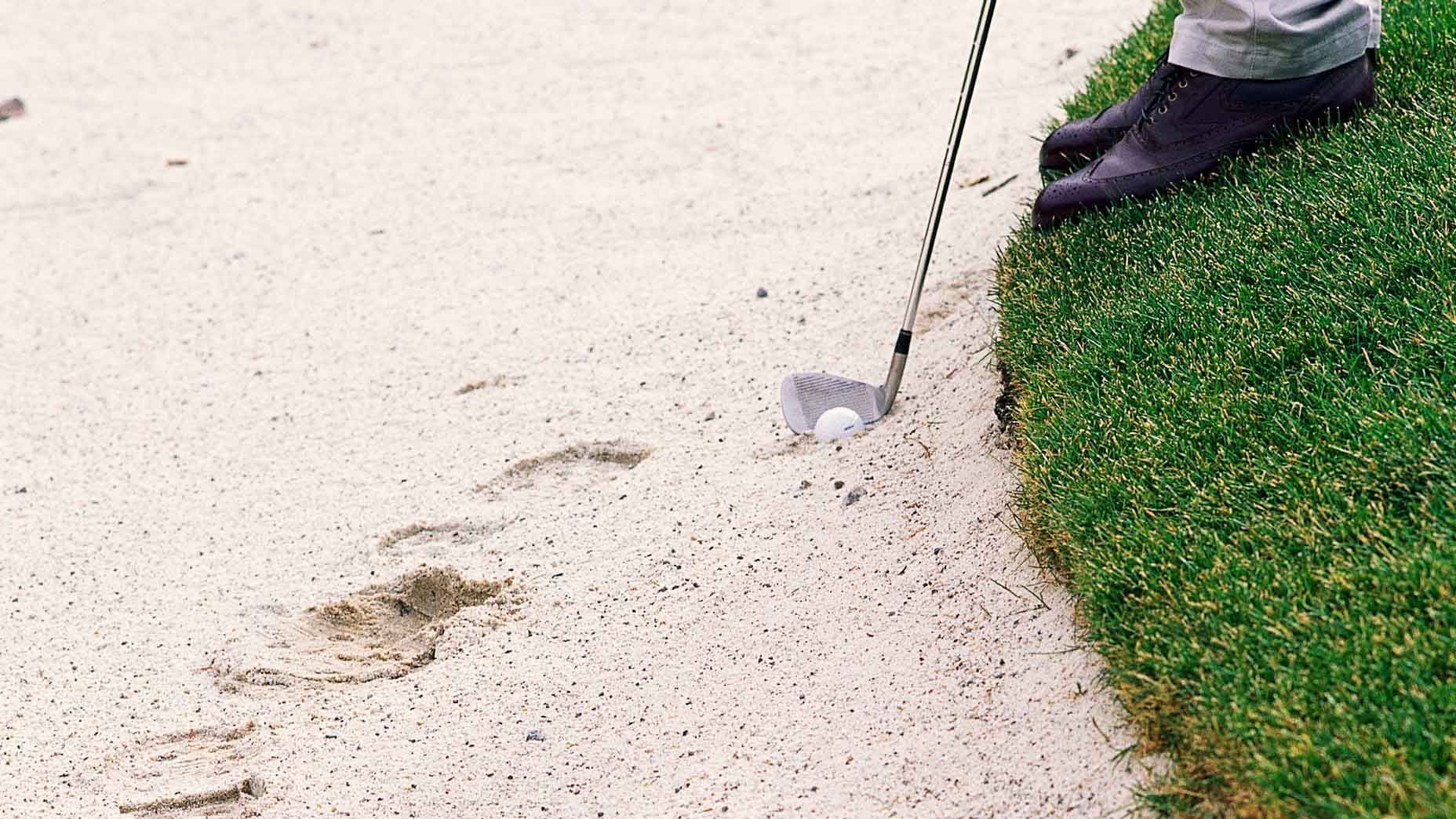Having a variety of wedges in your golf bag is important, but with so many different options, it can be difficult to decide which one’s the best for a certain shot.
To avoid any confusion, I’m giving you 10 ways to effectively use the lob wedge through the pitching wedge, helping you make the most informed choice to see great results.
Try these 10 things to expand your wedge shot arsenal
Different wedges perform in different ways. But this list walks you through the steps you can use to hit a variety of shot types no matter what wedge you decide to go with.
1. Lob wedge: High pitch shot without an open face
The lob wedge is typically 60 degrees of loft, meaning a full swing doesn’t always go very far — unless you’ve got world-class swing speed.
Since your shot isn’t likely to take off on you, the lob wedge is a great option on smaller pitch shots when you want to get it into the air without much roll. To do this, set the club at its effective loft — in other words, flat on its bottom — avoiding opening the clubface. Now just take your normal swing and play this like a small pitch shot around the green.
2. Lob wedge: Short bunker shots
Having the ability to control distance from greenside bunkers can be tricky, but a lob wedge will help. The clubface has enough loft that, even if you setup relatively square and take sand, the ball flight tends to be higher and shorter. This often provides you with a bit more control than something like your 56-degree wedge.
3. Sand wedge: Medium to long pitch shots
Your sand wedge can be a great option for pitch shots when you need more carry than roll. The club has enough loft to carry and hold, and the bounce built into the club will help it glide across the turf or sand. But remember, your swing size will control distance for a basic pitch shot, so adjust your backswing length when using your sand wedge.
4. Sand wedge: Greenside sand shots
Other than for high clubhead speed golfers or for short-distance sand shots near the green, the majority of bunker shots will be hit using the sand wedge. With 56 degrees of loft, it’s enough to launch the ball high while still allowing for reasonable distance from the sand.
On longer bunker shots, even if the lip may have some height, I like to use the sand wedge. In most cases, it will launch high enough to clear the lip, so the most important priority is the added distance from this club over a lob wedge.
5. Sand wedge chip: half carry, half roll
It’s not often the first choice, but you can still certainly chip with your sand wedge. To do so, use a fundamental setup by gripping low on the handle, narrowing your stance, keeping the upper body slightly leaning towards the target, and using a smaller swing motion that just brushes the grass.
For chip shots with short-to-medium distance, you should expect about half carry and half roll when landing on a flat putting surface.
6. Gap wedge: Long greenside bunker shots
Gap wedges are typically between 50-52 degrees of loft, so it’s a fantastic club choice on longer greenside sand shots. Assuming you don’t lean the shaft to deloft it, the club’s bounce will still glide through the sand.
Given its loft, the gap wedge can still clear most bunker lips, and with less loft, you’re able to make it travel farther. So if you’re a player with lower clubhead speed, this can be a good option when you’re just trying to get the ball out of the bunker safely.
7. Gap wedge: Longer pitch shots
Given the gap wedge’s loft, it’s one of my favorite clubs to use on longer pitch shots. Instead of trying to max out your sand wedge, using a gap wedge has enough loft to launch and hold the green. So even if your swing isn’t full size or full speed, the club’s rounded bottom will help glide it across the turf.
8. Gap wedge: Chip shots with more roll than carry
On chip shots from medium distances that need a bit more roll than carry, a gap wedge can be a pretty good choice.
When using a relatively centered ball position, you can expect about 40 percent carry and 60 percent roll — as long as you’re using the proper setup and swing speed. By placing the ball position back just slightly, you’ll create a higher percentage of roll.
9. Pitching wedge – not for pitching
Since the standard pitching wedge has between 43-46 degrees of loft, it loves to roll. But because of its lack of bounce, you won’t technically ever pitch with a pitching wedge — confusing, I know. (Pitch = to travel in the air and stop; chip = to travel in the air and on the ground.)
However, you will chip with this club, and if I could choose just one club to chip with for most golfers, I’d always suggest a pitching wedge. It’s easy to hit, and doesn’t require many adjustments at setup, so you can confidently address your ball and go, expecting about 33 percent carry and 67 percent roll.
10. PING ChipR Wedge
If you’re looking to hit safer, more productive shots from around the greens, you might want to try PING’s ChipR Wedge — which looks like a wedge, but is actually built to look more like a less-lofted putter.
Similar in loft to a 7-iron, the ball will roll at a high percentage, so, in many cases, you should land the ball short of the green and allow it to trickle on up to the putting surface.
For those who struggle with chipping, this club can be a valuable asset — as long as you make more of a putting stroke.
If you need help with your short game, I always recommend watching videos from The Short Game Chef, Parker McLachlin, who does a great job of explaining the nuances of shots from near the green.
Looking for more golf content? Give me a follow on Instagram to get tips and playing advice.

PING s159 Custom Wedge
View Product












